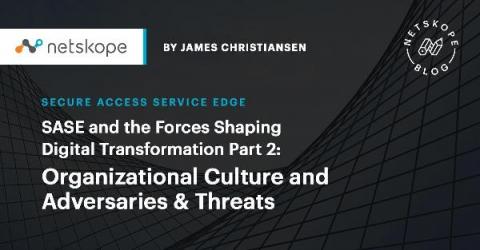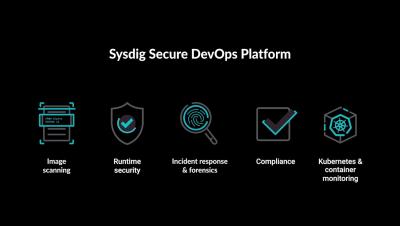SASE and the Forces Shaping Digital Transformation Part 2: Organizational Culture & Adversaries and Threats
At the convergence of digital transformation, an industry-wide focus on SASE, and the effects of the continuing COVID-19 pandemic, there are key forces that security practitioners need to be aware of and operate within. This is the second blog in a series of three detailing these forces and how security leaders and practitioners can adapt to them in a digitally transforming, SASE-enabled world. This blog covers the forces of Organizational Culture and Adversaries and Threats.










